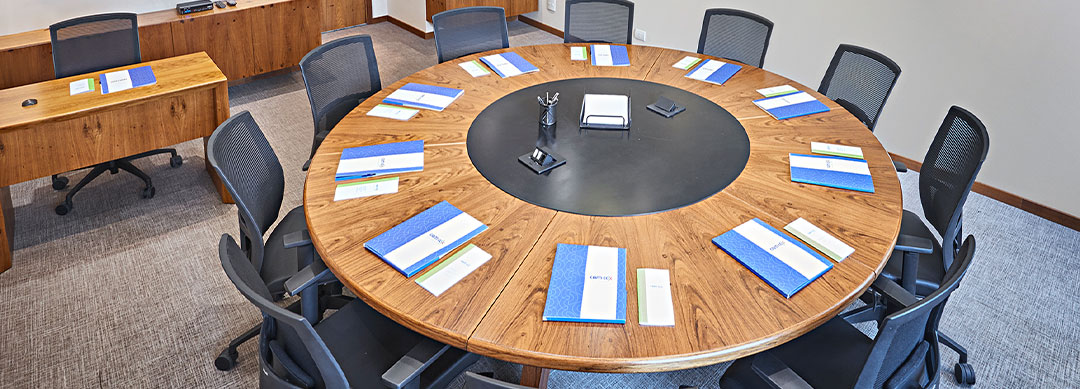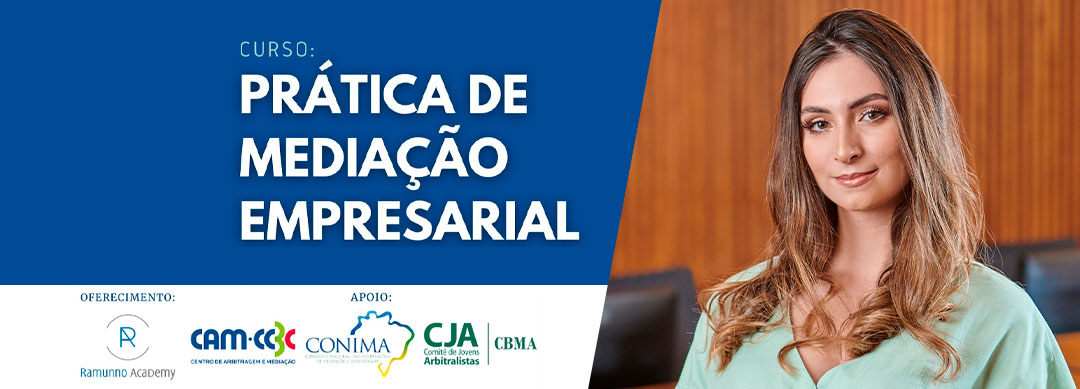2020 edition of the CAM-CCBC Arbitration Congress will have a hybrid format, combining studio recordings with digital format
By Sérgio Siscaro
The discussion of the main topics related to arbitration will bring together the world’s leading experts this year. This is the seventh edition of the CAM-CCBC Arbitration Congress, which will be held on October 19 and 20 and which, once again, will open the São Paulo Arbitration Week (SPAW), between the October 21-27.
Like other recent initiatives by CAM-CCBC (and SPAW itself), this year’s congress will be held in digital format, due to the Covid-19 pandemic. The decision stems from CAM-CCBC’s concern to act in line with the health protocols recommended by the authorities and, thus, to ensure the safety of all involved – speakers, registered participants, and staff of the Center.
“We have been following the developments of the pandemic very carefully. Since the beginning of the pandemic, the measures adopted by the Center have been very consistent and aligned with its total commitment to the excellence of its services and the preservation of the health and safety of all. For institutional activities, it could not be different”, says the CAM-CCBC’s Institutional Development Advisor , Lenora Hage.
New format
She says that, given the uncertainties brought about by the scenario of restrictions due to the pandemic, several options were considered – such as the postponement of the event to 2021. “We weighed all the alternatives thoroughly, so as not to rush into it. The congress organizing committee – formed by several areas of the Center, such as marketing, events, information technology (IT), financial and institutional – conducted an assessment of trends and possible formats, always ensuring the quality of the event. After long consideration, we decided that the seventh edition of the Congress will be maintained in a hybrid way, that is, with online transmission from a live recording studio – similar to a newscast.”
This hybrid format will have the advantage of preserving something from the interaction that would be typical of a face-to-face event but using the online environment as a platform. “To carry out an event of this nature, it is essential to have the technical expertise of companies that are dedicated to conducting such activities. We are already in contact with possible suppliers with a lot of experience, adjusting the features necessary for the congress to be a success”, says Hage.
Guaranteed relevance
In its six previous editions, the CAM-CCBC Arbitration Congress has established itself as the great forum for discussions on the topic. Speakers from different countries presented their points of view, shared information and analyzed trends for the future of arbitration in Brazil and worldwide. The exchange of experiences between professionals and the encouragement of debate between the various agents of the arbitration market made the event a reference – and this reputation will not be reduced due to the need to promote an edition in digital format.
“The congress program goes through an accurate evaluation by an academic committee, whose objective is to ensure the quality of the debates in the light of diversity and ethics. The program is being revamped and is in the final stages of approval”, ponders Hage. According to her, the expectation of the Center is to receive distinguished names from the national and international market in this seventh edition of the event. “We also hope to surprise the participants with unique content”, she adds.
The success that CAM-CCBC has achieved in its virtual events recently, as well as the experience of promoting both the congress and SPAW in this format, will contribute to making this type of remote meeting a practical option for the future – even after the end of the current health crisis. “I believe that, even after the pandemic, online events will gain strength and share space with face-to-face events. I also think that the trend will be towards hybrid events, combining face-to-face and virtual elements”, she concludes.





